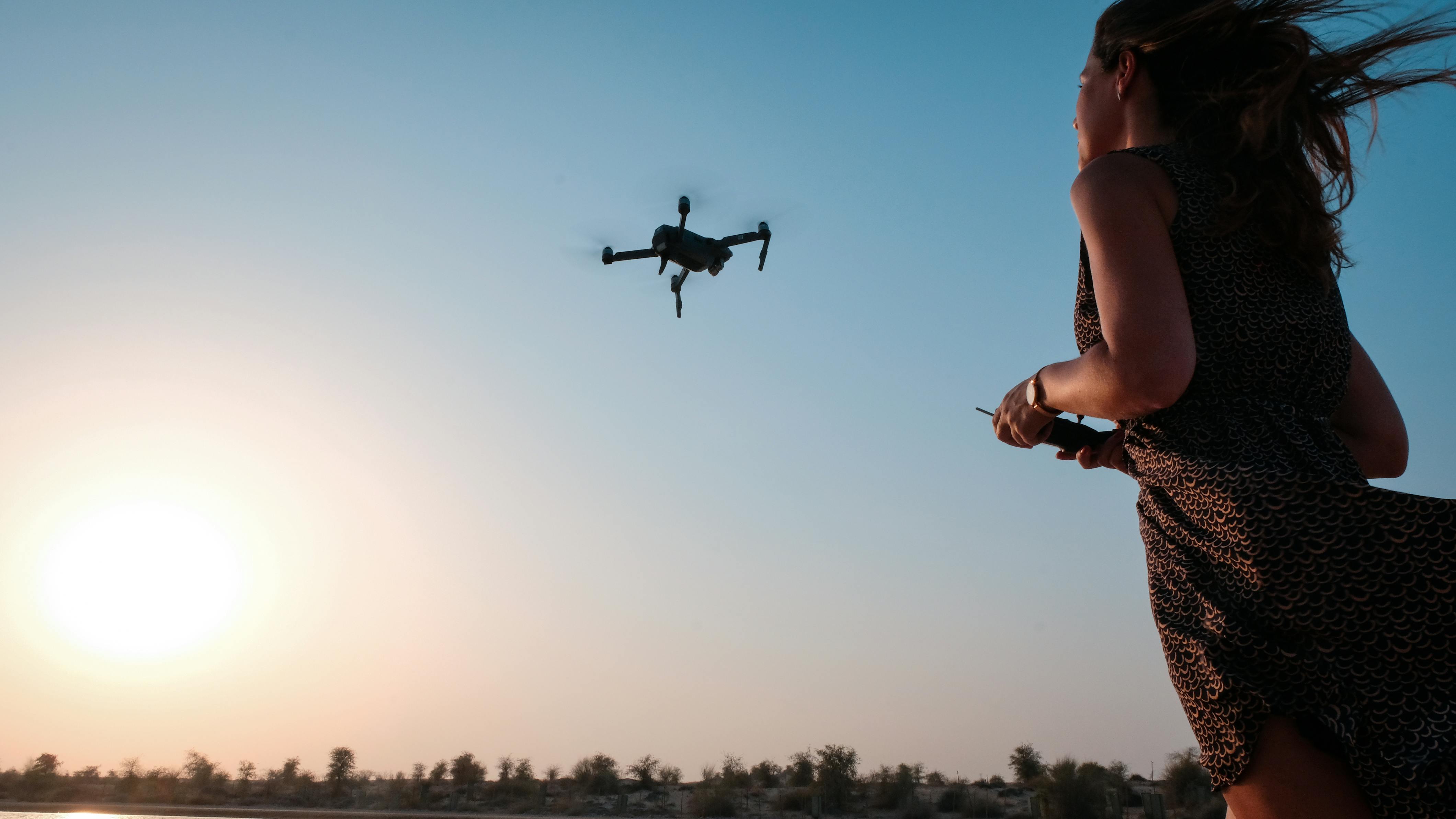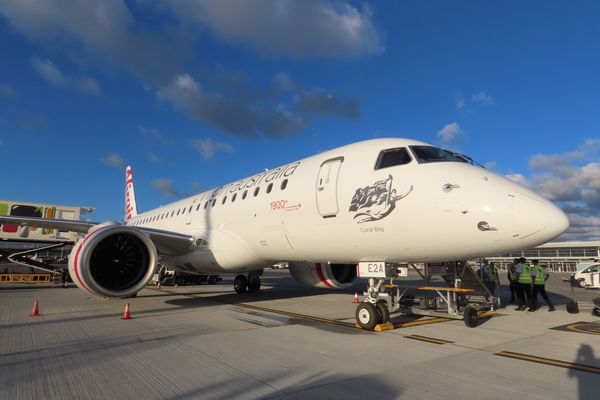For decades, aviation knowledge was guarded by technical schools, flight academies, and seasoned pilots. Today, anyone with an internet connection and curiosity can explore the skies. Training programs, online simulators, and student communities have opened new paths into one of the most fascinating industries. In this changing educational environment, paper writers can write your paper to help you keep up with assignments while you pursue hands-on aviation learning. This balance allows students to stay on track academically and still dive deep into their aviation interests.

A New Era of Aviation Education
Aviation used to feel distant for most students. Traditional training programs were expensive, geographically limited, and time-consuming. Aspiring pilots or engineers often need to relocate or invest heavily to access training facilities. In contrast, the digital age has democratized aviation education, making resources available at any time and from anywhere.
Virtual flight schools, interactive maps, open data from aviation authorities, and online communities have turned aviation from a closed profession into a learning field for enthusiasts of all backgrounds. Whether students want to fly drones for research, analyze air traffic patterns, or pursue careers in commercial aviation, they now have multiple entry points.
Cliffs, Clouds, and Courage: Lukla Airport Nepal, The World's Most Dangerous Airport
Drones as a Gateway to the Skies
Drones have played a huge role in making aviation approachable. Small, relatively affordable, and increasingly easy to operate, drones give students hands-on experience with aerodynamics, navigation, and safety procedures. High schools and universities integrate drone modules into STEM courses, using them to teach everything from physics to environmental monitoring.
A few key advantages of drone learning include:
- Lower financial barriers: Entry-level drones are far cheaper than pilot training programs.
- Practical application: Students learn about flight control, GPS navigation, and weather impacts through direct operation.
- Regulatory familiarity: Drone pilots must follow aviation regulations, offering a first look at airspace rules.
This early exposure often sparks interest in pursuing aviation further, bridging the gap between hobbyist and professional.
Flight Simulators and Virtual Training
Modern flight simulators are no longer reserved for airlines and professional schools. Platforms like Microsoft Flight Simulator and X-Plane offer highly accurate, detailed recreations of real aircraft and airports. Paired with inexpensive control setups, these simulators let students practice takeoffs, landings, and flight procedures from their rooms.
Moreover, simulator communities provide structured training paths, mentorship, and shared challenges. Many virtual pilots eventually transition into real cockpit training, finding that the skills they’ve built virtually give them a head start.
Key Benefits of Virtual Training
- Realistic Scenarios: Weather conditions, traffic patterns, and aircraft responses are modeled with precision.
- Safe Practice: Students can experiment without risk to people or equipment.
- Accessibility: Training can happen on flexible schedules, allowing students to learn alongside their studies.
Comfort at a Cost: The Silent Death of the Airbus A340
Accessible Aviation Courses and Certifications
Another major development is the rise of open aviation courses. Universities, aviation authorities, and private companies now offer free or affordable online modules that cover topics like aerodynamics, air traffic control, meteorology, and airport operations. Websites such as Coursera and edX list courses from leading institutions, while the FAA and EASA publish free manuals and interactive lessons.
These resources are particularly valuable for students in regions without aviation schools. By combining self-paced theory with virtual practice, learners can build a strong foundation before pursuing more advanced or specialized certifications.
Aviation Clubs and Student Communities
Learning about aviation isn’t only about textbooks and simulators. Aviation clubs—both physical and online—are thriving spaces where students exchange knowledge, host virtual flights, and even organize group visits to airports or control towers. Universities often have aeronautics societies that collaborate with local aviation authorities to give members real-world exposure.
Some common club activities include:
- Organizing guest talks with pilots and air traffic controllers
- Hosting drone racing events and air shows
- Coordinating study groups for aviation exams
- Offering mentorship for students considering aviation careers
These networks make learning collaborative and enjoyable, breaking down the intimidation that aviation topics can carry.
From Classroom to Cockpit: Student Pilot Pathways
For students who want to go beyond theory, pilot training pathways have also become more flexible. Many countries now offer modular pilot programs, letting learners progress at their own pace rather than committing to a single, costly block of training. Students can accumulate flight hours over time, often while pursuing their degrees.
Flying with Personality: The Hidden Story Behind Aircraft Registrations
Scholarships, government programs, and airline cadet schemes have made these pathways more affordable than in the past. Additionally, part-time training centers allow students to balance academic commitments with hands-on flying.
Aviation Careers Beyond Piloting
While piloting is a classic dream, aviation offers numerous other career tracks:
- Air traffic control: Managing aircraft movement to ensure safety and efficiency.
- Aircraft maintenance: Ensuring airworthiness and safety through mechanical expertise.
- Aeronautical engineering: Designing aircraft and systems for performance and sustainability.
- Aviation data analysis: Studying flight trends, delays, and logistics.
- Airport operations: Overseeing ground services, logistics, and passenger flows.
These roles rely on both technical and analytical skills, and many can be accessed through online preparation before committing to full professional training.
Global Exposure Through Aviation Events
International aviation events such as airshows, drone summits, and industry expos are increasingly live-streamed and archived online. Students who can’t attend in person can still watch demonstrations, follow expert panels, and engage with exhibitors through virtual platforms. This global accessibility helps broaden perspectives and keeps learners up to date with new technologies and regulations.
Examples of Global Events
- Farnborough International Airshow (UK)
- Paris Air Show (France)
- Dubai Airshow (UAE)
- EAA AirVenture Oshkosh (USA)
Each event showcases cutting-edge technology, industry collaborations, and educational initiatives designed to inspire future professionals.
Why Accessibility Matters
Making aviation education more accessible does more than benefit individuals. It enriches the entire industry by diversifying the pool of future pilots, engineers, and innovators. Students from different backgrounds bring new perspectives, driving innovation and global collaboration.
Moreover, early exposure through drones, simulators, and online learning fosters responsible aviation behavior. As the skies grow more crowded with drones and new aircraft technologies, informed participation becomes crucial for safety and progress.
Aviation Knowledge Is No Longer Out of Reach
The aviation world, once shrouded in technical exclusivity, is now open to anyone willing to explore. Affordable drones, realistic simulators, virtual courses, and active student communities are rewriting how people learn about flight. Whether students dream of piloting a jumbo jet, designing the next generation of aircraft, or analyzing flight data, the pathways are more numerous and accessible than ever. With curiosity, discipline, and the right support, today’s learners can become tomorrow’s aviation leaders.
China Eastern Inaugurates New World's Longest Flight » Maiden Brazil: Virgin Australia Welcomes the Iconic Embraer E2 »
Comments (0)
Add Your Comment
SHARE
TAGS
INFORMATIONAL Aviation Education Learning UniversityRECENTLY PUBLISHED
 Maiden Brazil: Virgin Australia Welcomes the Iconic Embraer E2
Known for its aging intrastate fleets and unmatched concentration of Fokker 100s, Perth Airport has been a time capsule for aviation enthusiasts. Now, Virgin Australia Regional Airlines is breaking tradition with the arrival of the cutting-edge Embraer E190-E2, ushering in a new era for Western Australian air travel.
TRIP REPORTS
READ MORE »
Maiden Brazil: Virgin Australia Welcomes the Iconic Embraer E2
Known for its aging intrastate fleets and unmatched concentration of Fokker 100s, Perth Airport has been a time capsule for aviation enthusiasts. Now, Virgin Australia Regional Airlines is breaking tradition with the arrival of the cutting-edge Embraer E190-E2, ushering in a new era for Western Australian air travel.
TRIP REPORTS
READ MORE »
 China Eastern Inaugurates New World's Longest Flight
China Eastern recently launched its longest flight, a route connecting Shanghai and Buenos Aires via a stopover in Auckland. Inaugurated in December, this was advertised as a “Direct Air Link” between Asia and South America.
ROUTES
READ MORE »
China Eastern Inaugurates New World's Longest Flight
China Eastern recently launched its longest flight, a route connecting Shanghai and Buenos Aires via a stopover in Auckland. Inaugurated in December, this was advertised as a “Direct Air Link” between Asia and South America.
ROUTES
READ MORE »
 Essential Legal Tips for Tourists Chartering a Yacht in Dubai
Discover how yacht rentals in Dubai are regulated and learn what every tourist should know about contracts, insurance, and taxes before setting sail.
TRIP REPORTS
READ MORE »
Essential Legal Tips for Tourists Chartering a Yacht in Dubai
Discover how yacht rentals in Dubai are regulated and learn what every tourist should know about contracts, insurance, and taxes before setting sail.
TRIP REPORTS
READ MORE »






